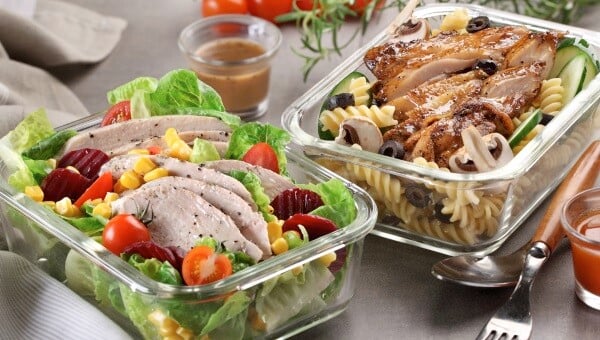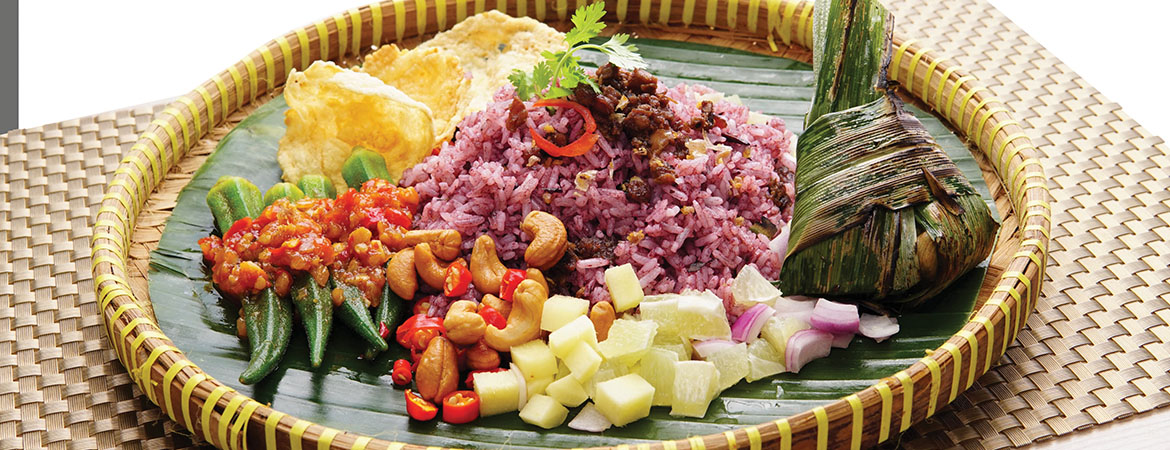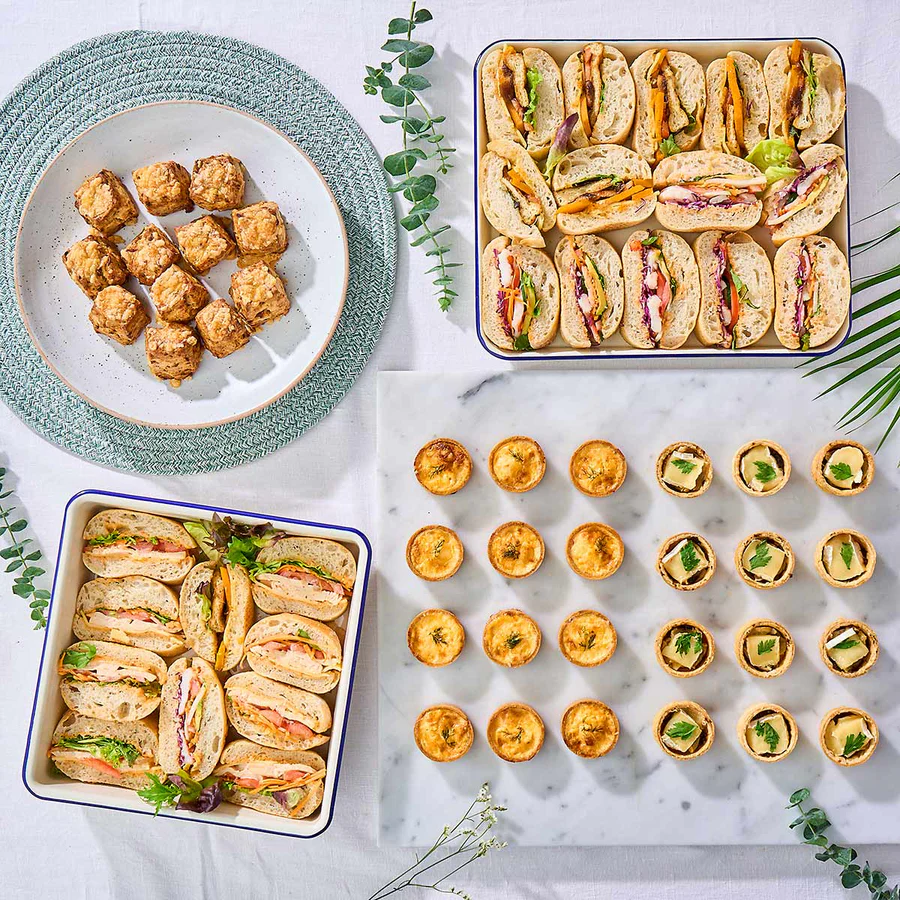Something New, Something Vietnamese for the New Year
If you ask us, the standard catering fare of fried beehoon and chicken nuggets doesn't make the cut anymore. You wouldn't want to serve the same dishes to your guests who have eaten them at 3 different houses earlier, would you?
We think that catering Vietnamese food will definitely help you stand out from the crowd.
Catersmith Taste Tests:
Wrap and Roll's Vietnamese Fortune CNY Menu
Fresh Spring Rolls with Chinese Sausage
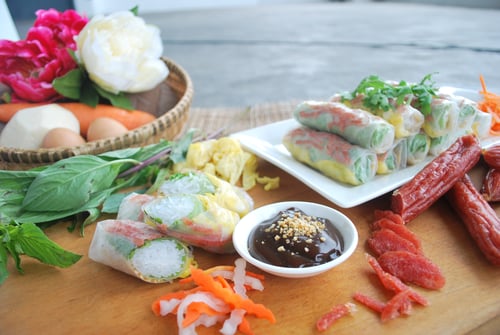
Fun Fact: Thanks to their Southern Chinese roots, the Vietnamese call Chinese sausages lap xuong in Vietnamese.
![]() Diana liked this :
Diana liked this :
I’d say these springs rolls make a delicious party starter! There was a generous amount of rice vermicelli, omelette strips, carrots, turnip and Chinese sausage slices – all wrapped within the thin rice paper. I loved how the Chinese sausage slices added a sweet-salty touch to the otherwise mellow flavours. The sweet basil leaf also gave a refreshing after taste.
Vietnamese Beef Stew with Baguette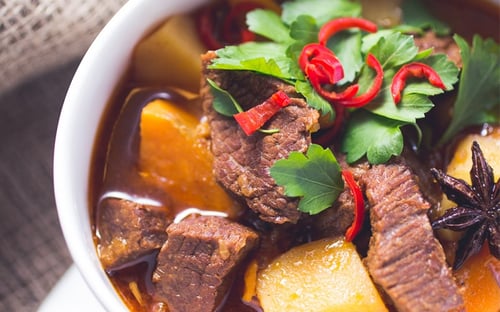
Fun Fact: The Vietnamese Beef Stew originated from the French who colonised Vietnam many years ago!
![]() Sam liked this :
Sam liked this :
The smell of the stew drew me in first. It was emitting the warm aroma of star anise, cinnamon and ginger. It was a jumble of hearty vegetables and tender beef cubes – all in XL sizes! It’s a comforting and nourishing dish that I’d be delighted to have again!
Hanoi Pork Skewers
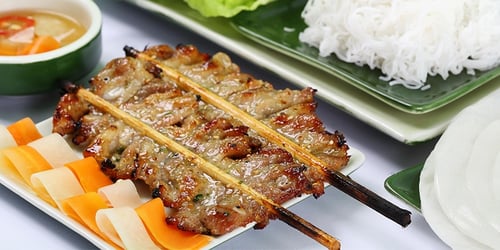
Fun Fact: Bún Chả, which is a dish of grilled pork and noodles, is a lunch go-to for most Vietnamese people!
![]() Irwin liked this :
Irwin liked this :
I’m fully convinced that anything grilled on sticks taste good. There’s the satay from Malaysia, the kebab from Turkey, and you have the grilled pork skewers, Cuốn Bún Chả, from Vietnam. Wrap & Roll’s Hanoi Pork Skewers didn’t disappoint. The meat was tender on the inside and perfectly charred on the edges with lovely caramelised fats.
Coconut Jelly
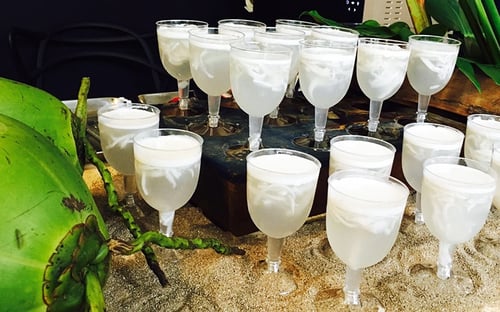
![]() Janice liked this :
Janice liked this :
This was a real treat after a heavy meal. It felt as refreshing as drinking out of a coconut on a hot day! I wouldn’t expect any less since fresh coconut juice was used to make these jellies, unlike the syrup and concentrates that are usually used. The jellies had two layers, a smooth creamy top layer that tasted like coconut milk, and a crystalline bottom layer in which strips of tender young coconut flesh were encased.

